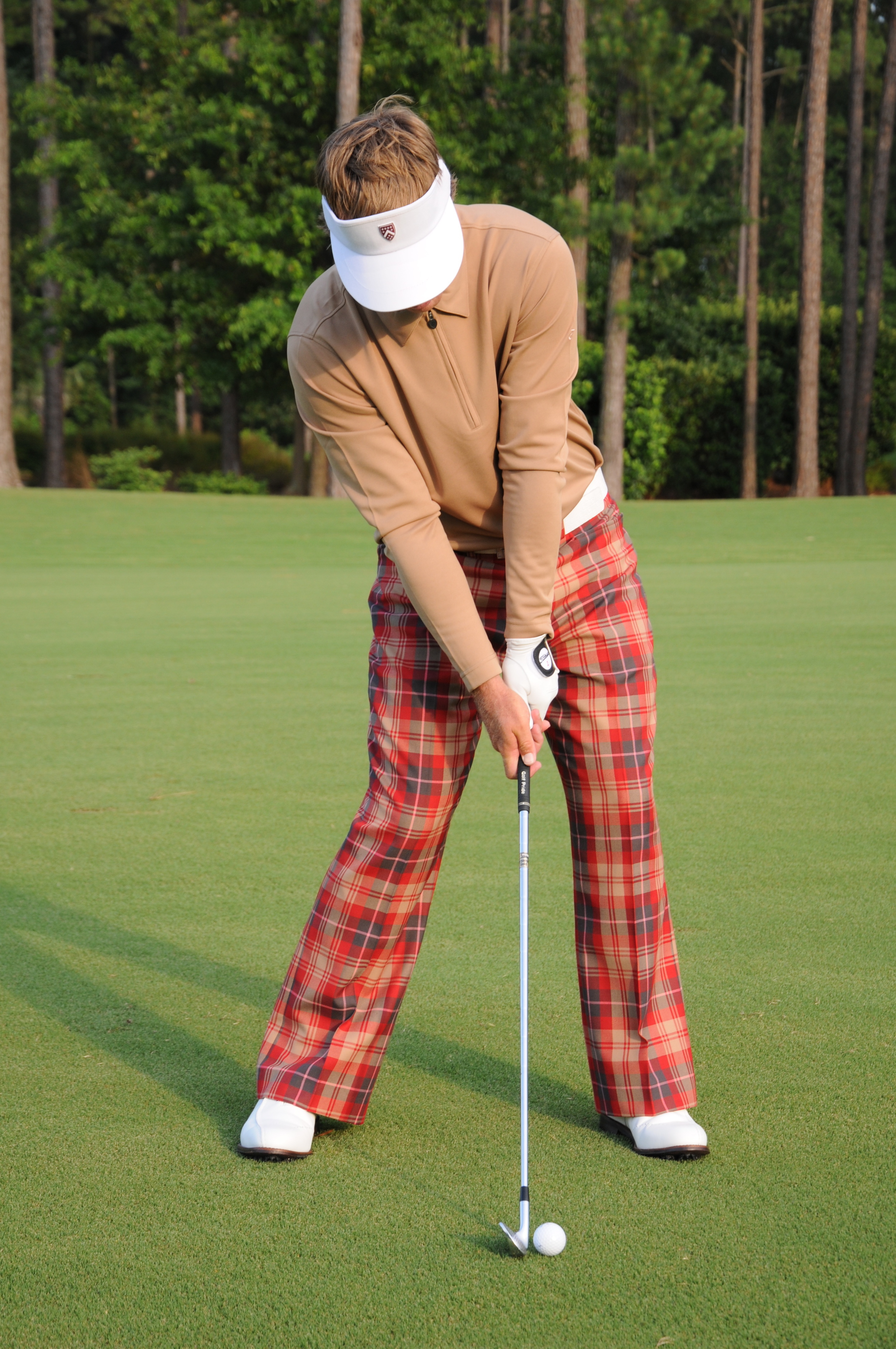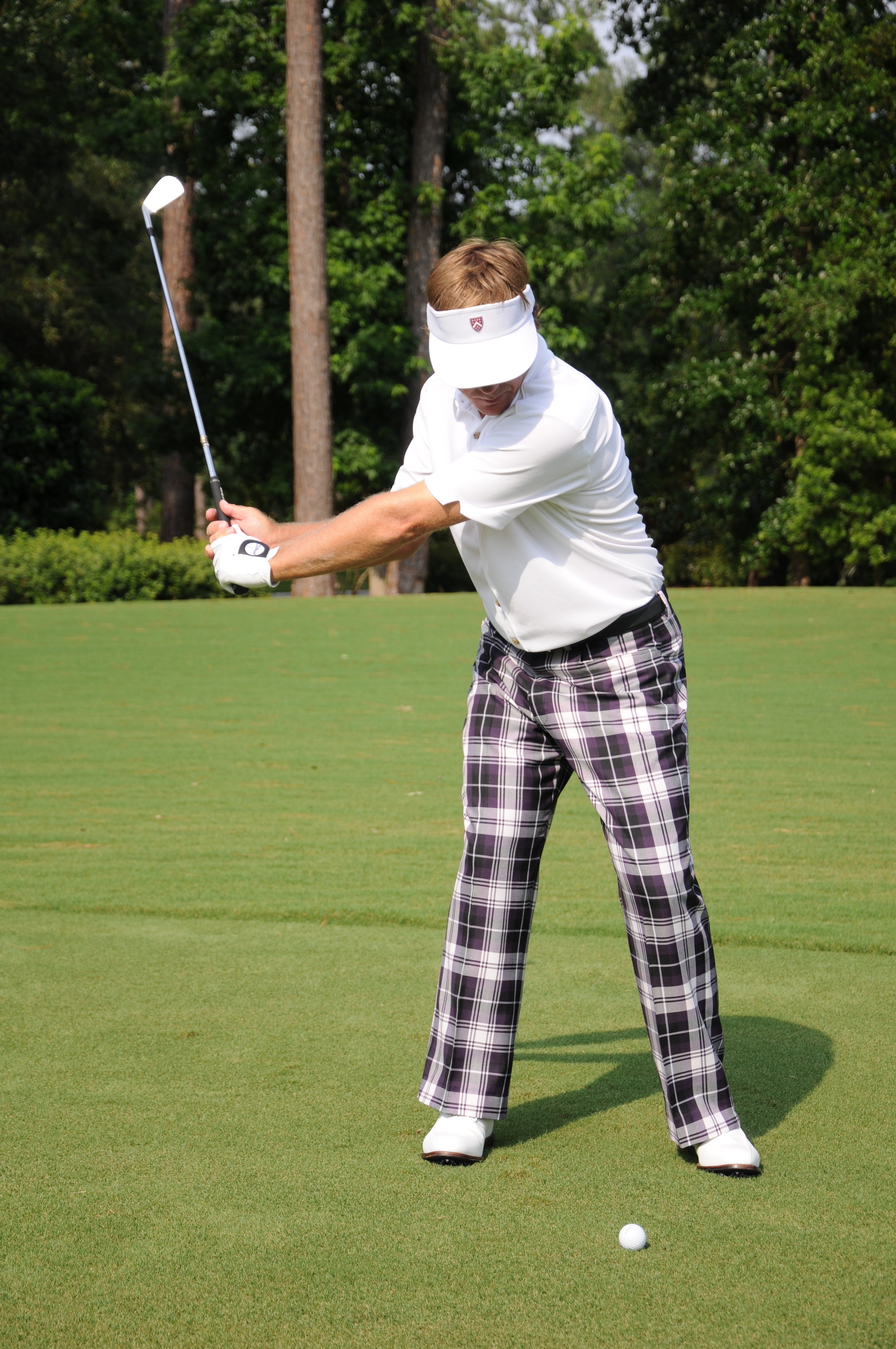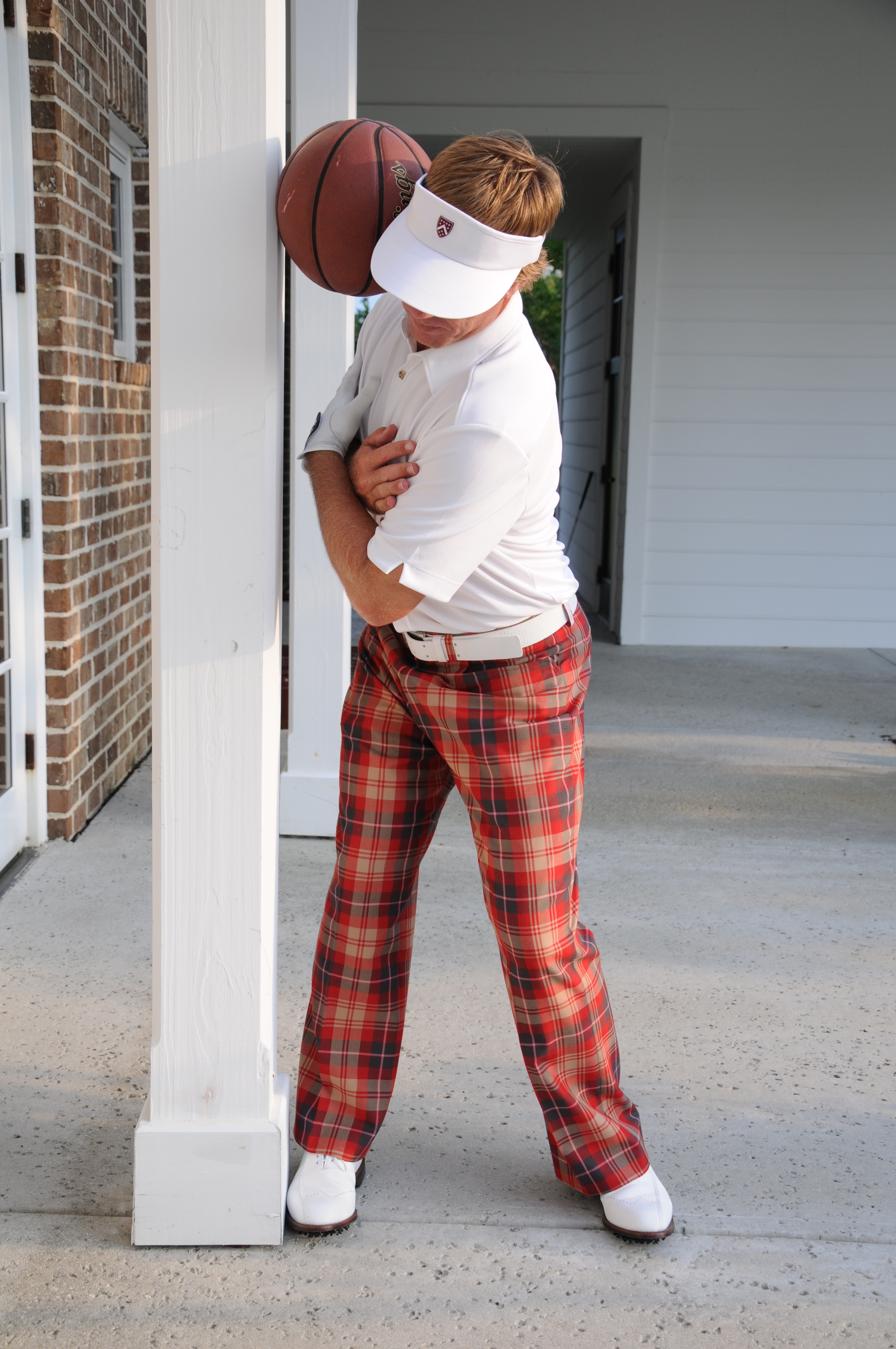Rotation Drill
/Most of us should be working towards better rotation through impact. One of the biggest differences I see between the everyday golfer and the pros is the amount of hip rotation that has occurred at impact. What I call the “two cheek” impact position where both butt cheeks are visible from down the line at impact. This drill will help! Take a look…
Notes:
Grab an 8 or 9 iron and set up to the ball which initially should be on a tee.
Wind about halfway back into the backswing and pump down to where the shaft is approximately parallel to the ground. Here you should feel your chest and hips as open as you can possibly get them.
After a few rehearsals give the ball a light hit and slowly build up speed while incorporating this sense into full speed swings.
Let’s keep in mind that in order to be able to rotate more freely through impact is largely an indicator of the clubhead and club face being in an acceptable position in the early part of the downswing. If your club face is wide open and you try to rotate more through impact there’s a strong chance you’ll actually hit the ball worse! Start with getting the clubhead deep in the early downswing and the club face fairly strong - from there this drill will work wonders for your ballstriking.
Thanks so much for watching/reading along. I hope that in some small way I am able to contribute to the joy you experience out on the links. Until next time…




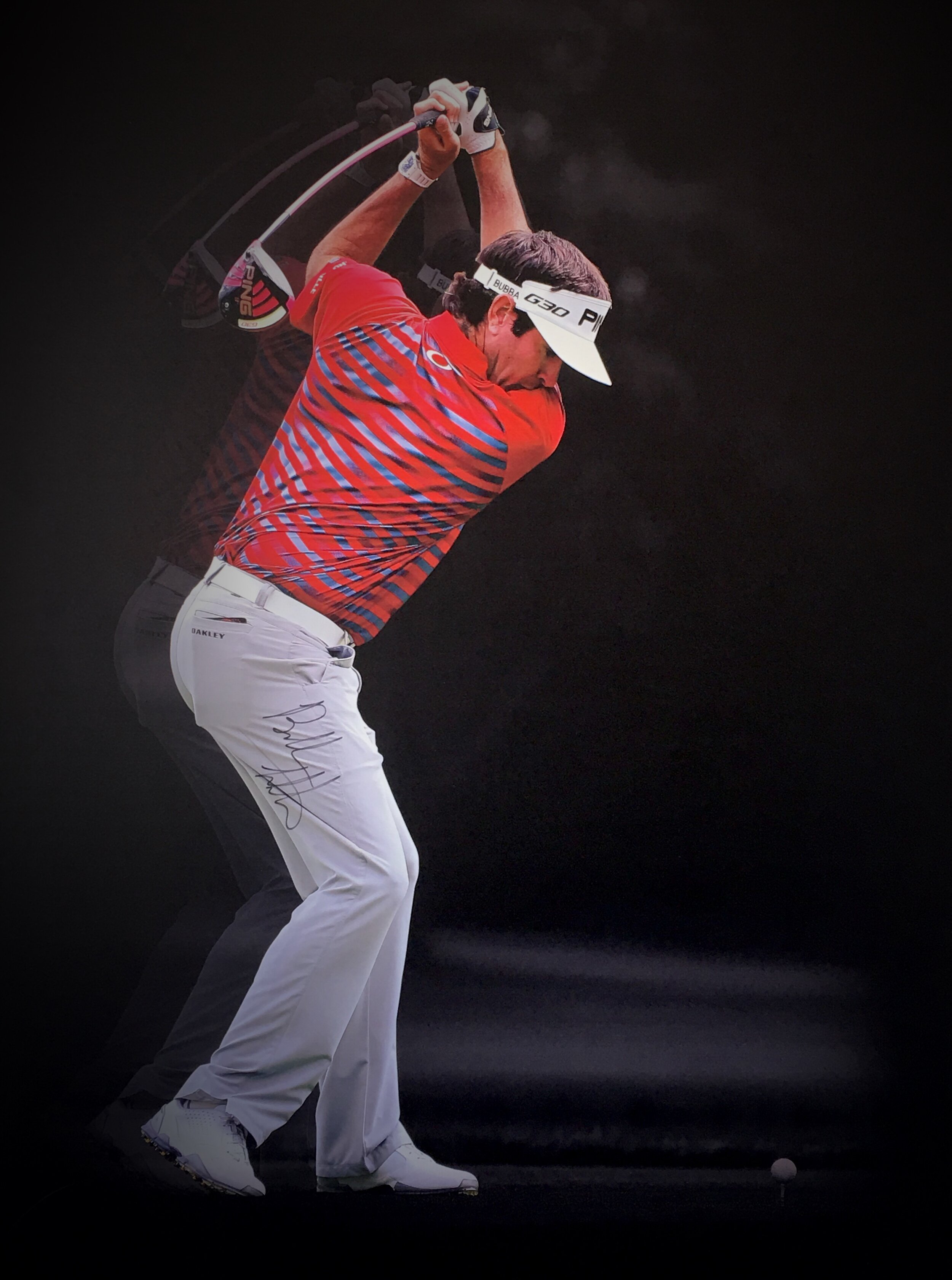

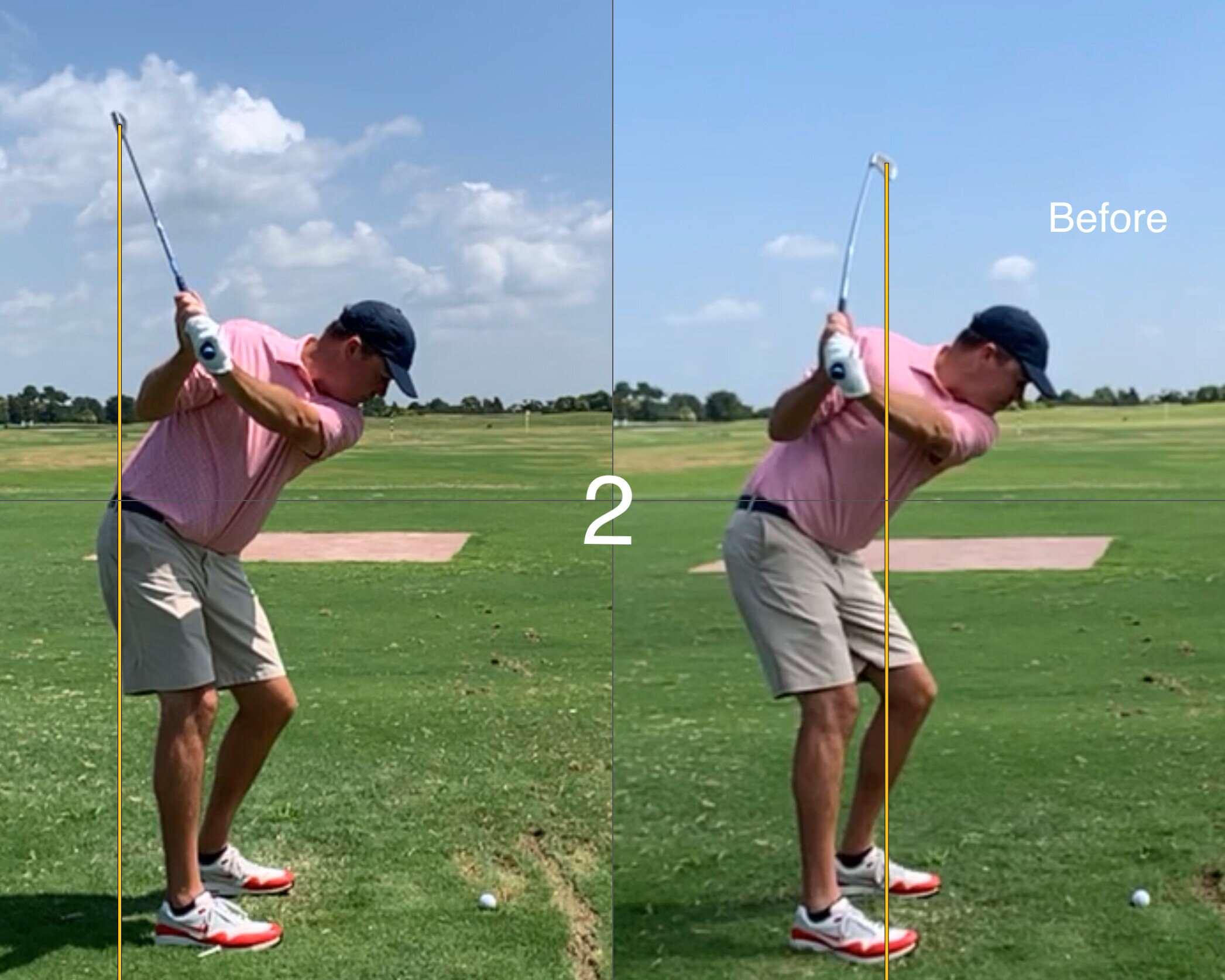
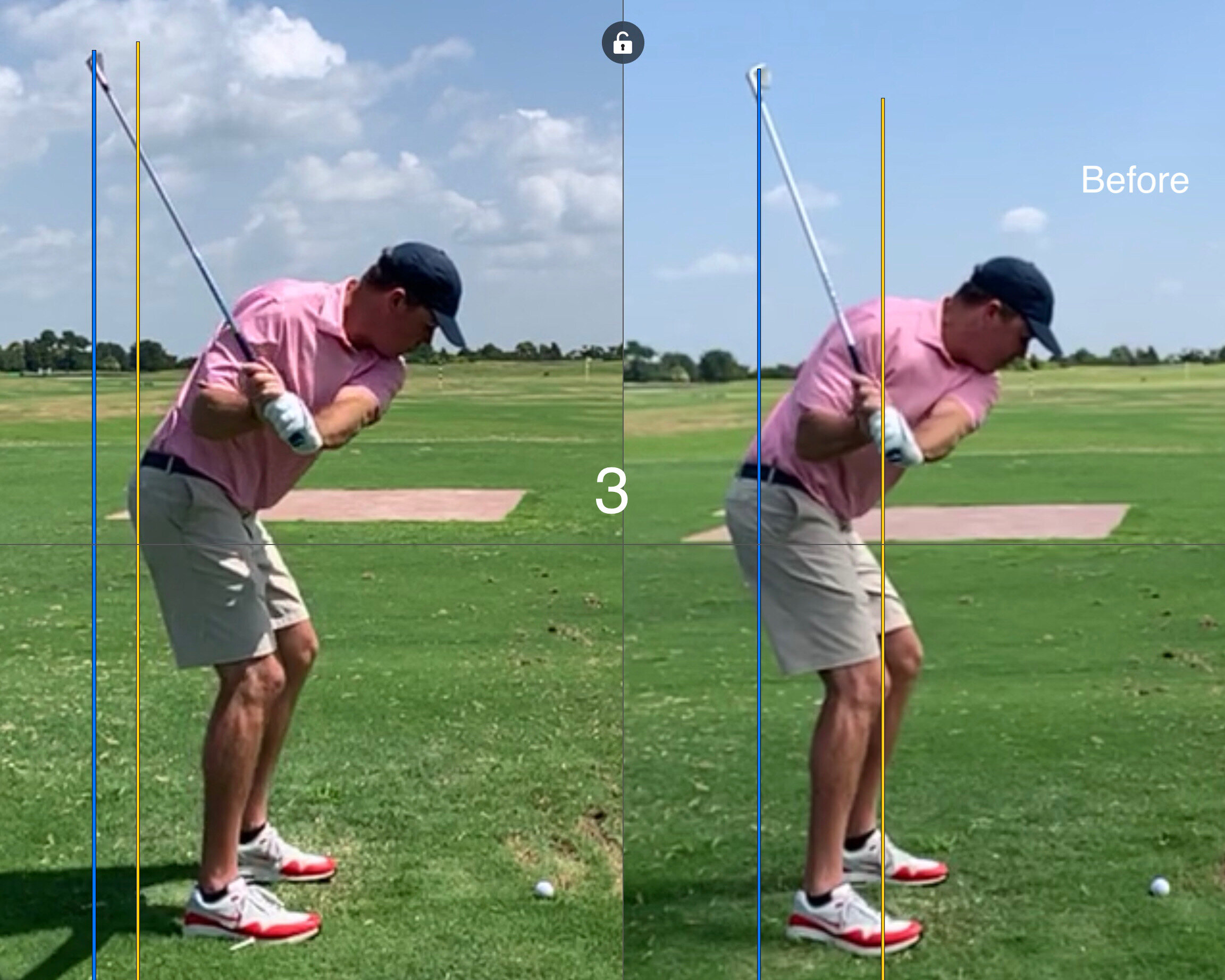
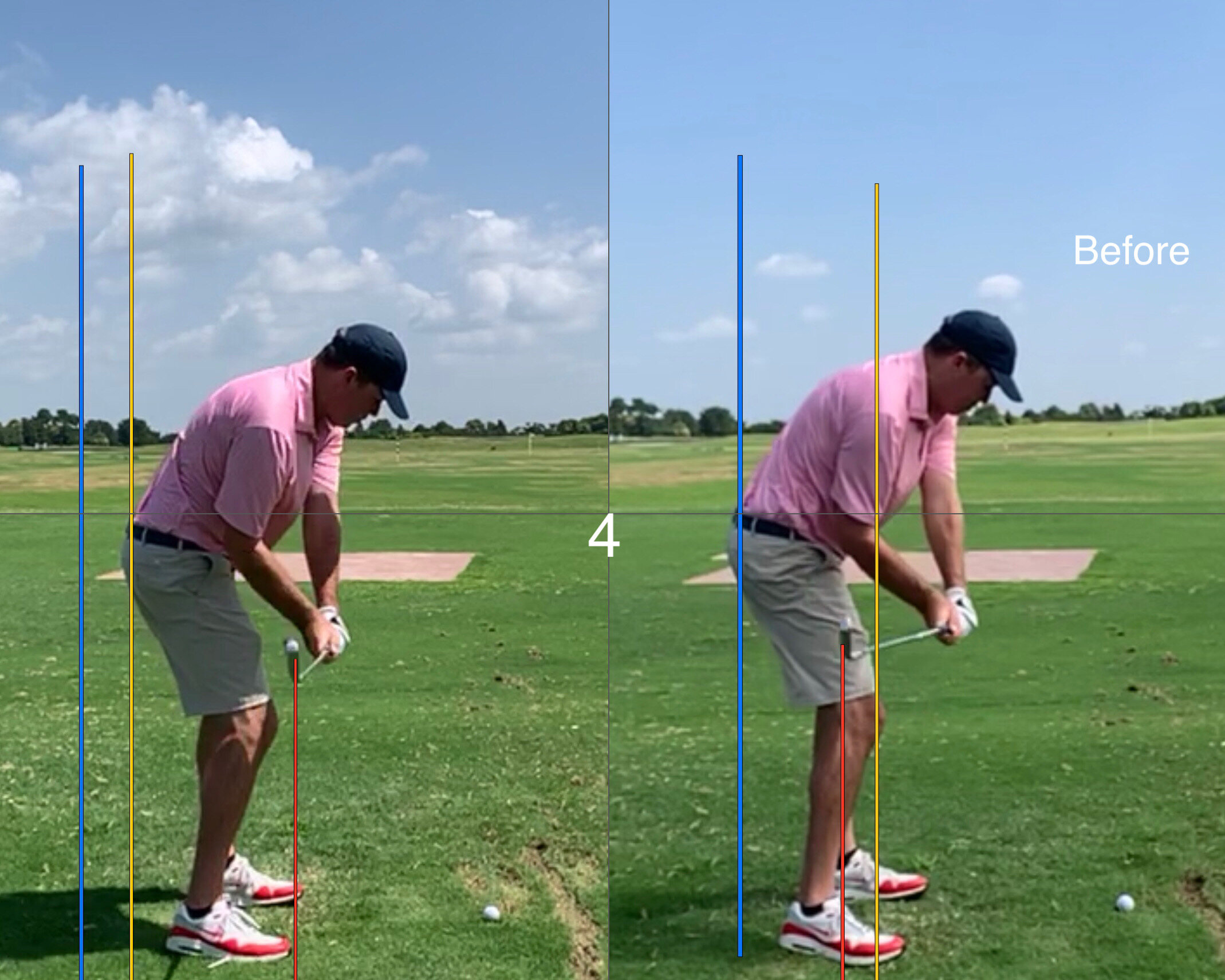




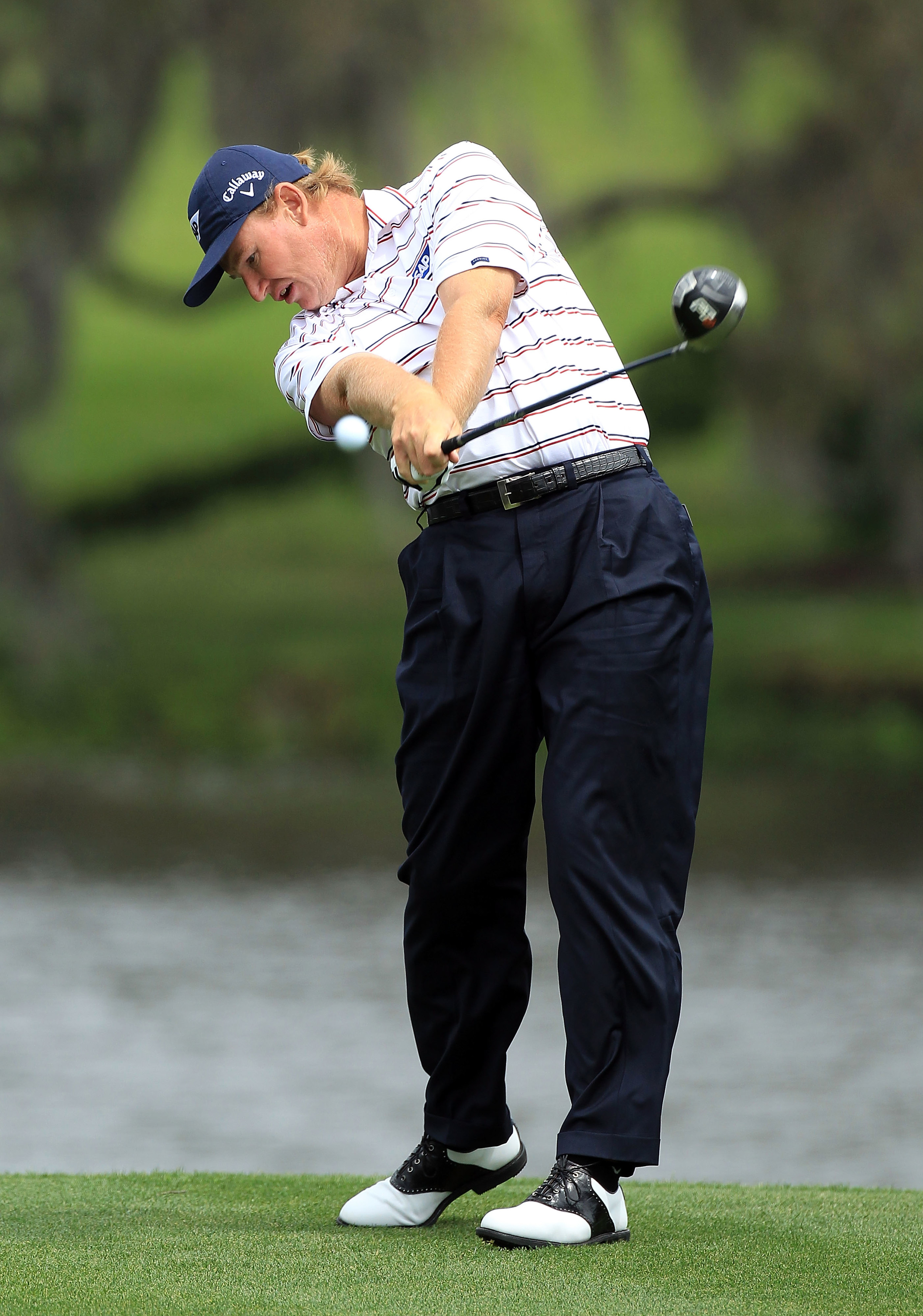
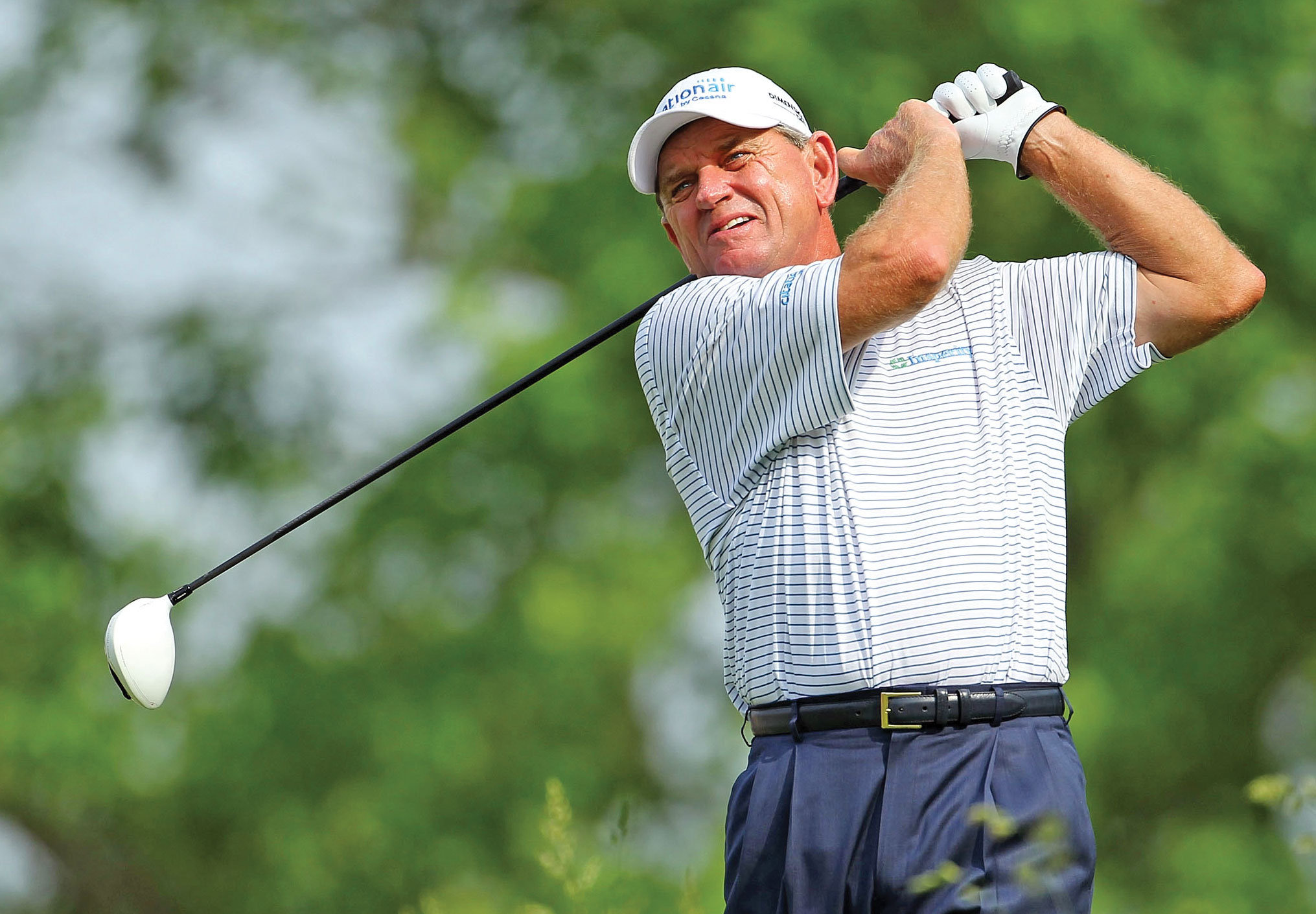
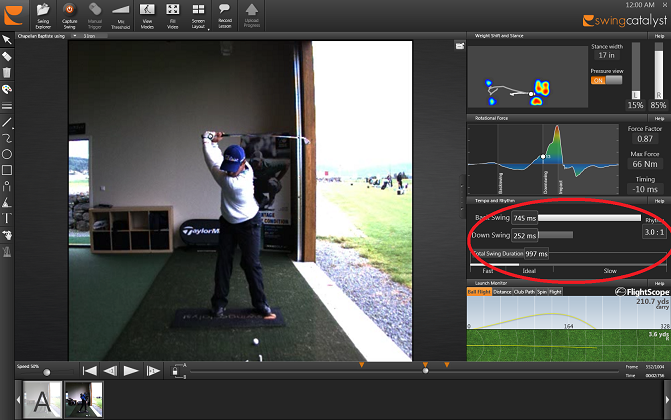
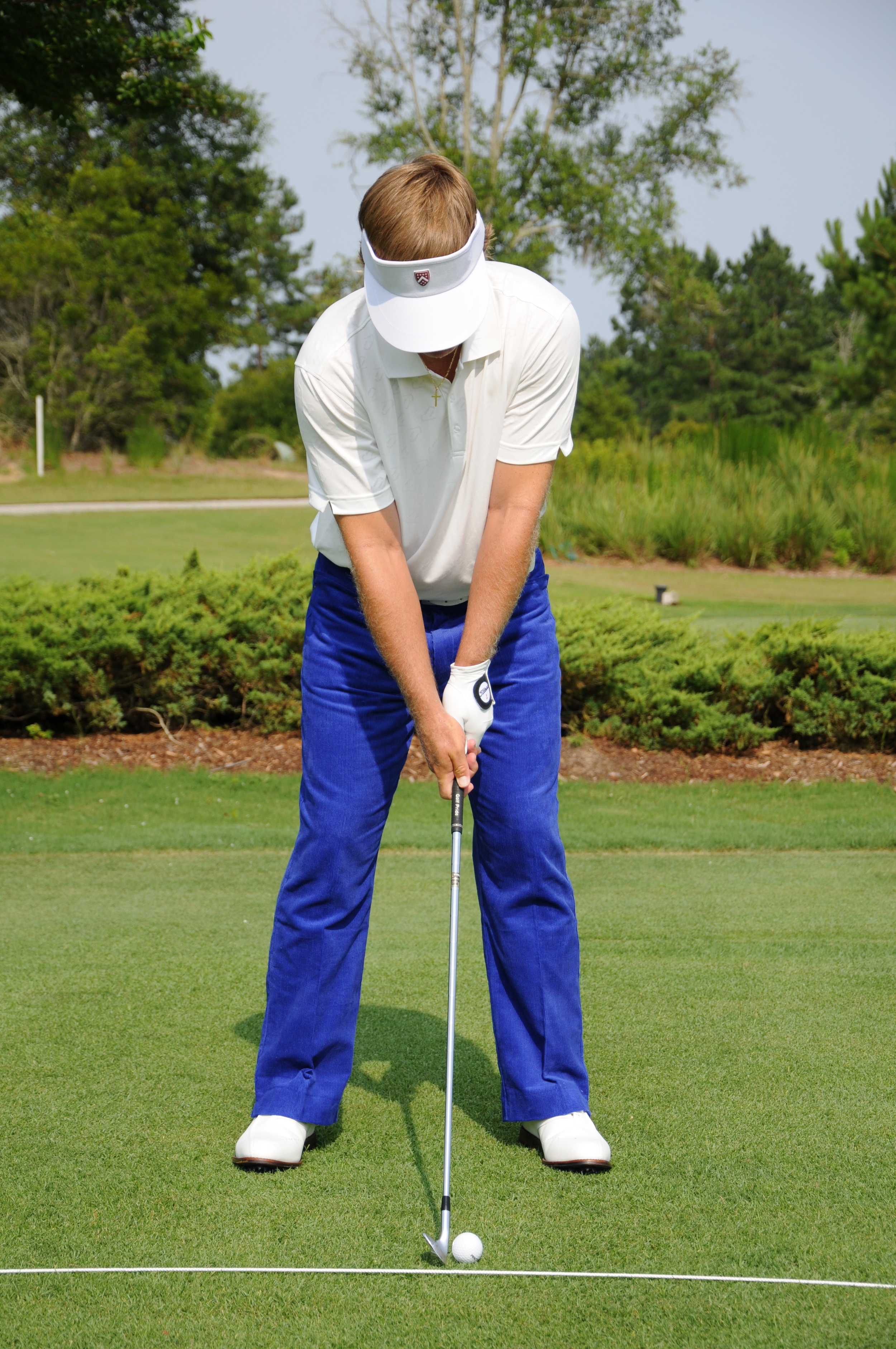
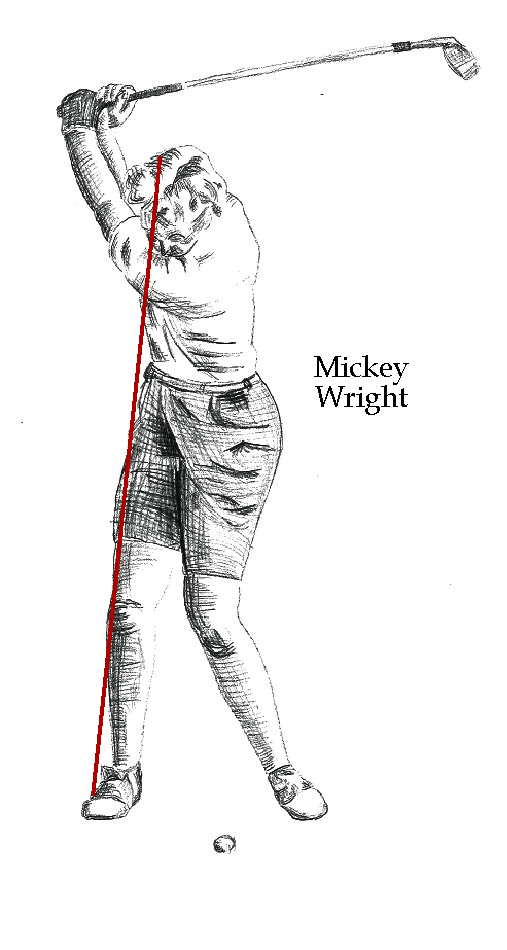 At address the head should not break the line. I noticed with golfers who had too much tilt at address this was quite prevalent and they all had a difficult time assuming the proper impact position once they had started poorly. Notice the picture below.
At address the head should not break the line. I noticed with golfers who had too much tilt at address this was quite prevalent and they all had a difficult time assuming the proper impact position once they had started poorly. Notice the picture below.